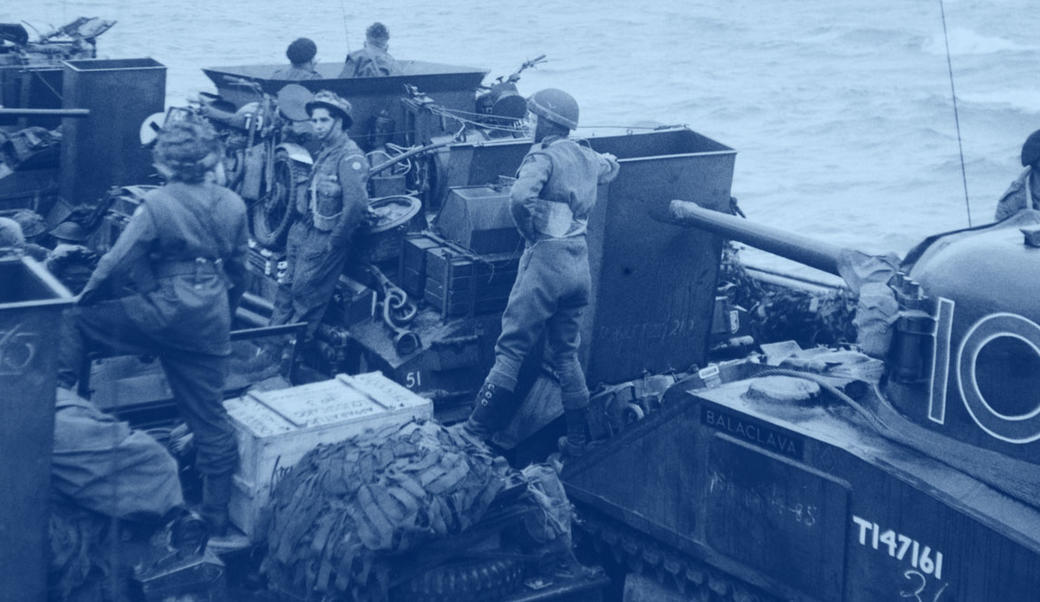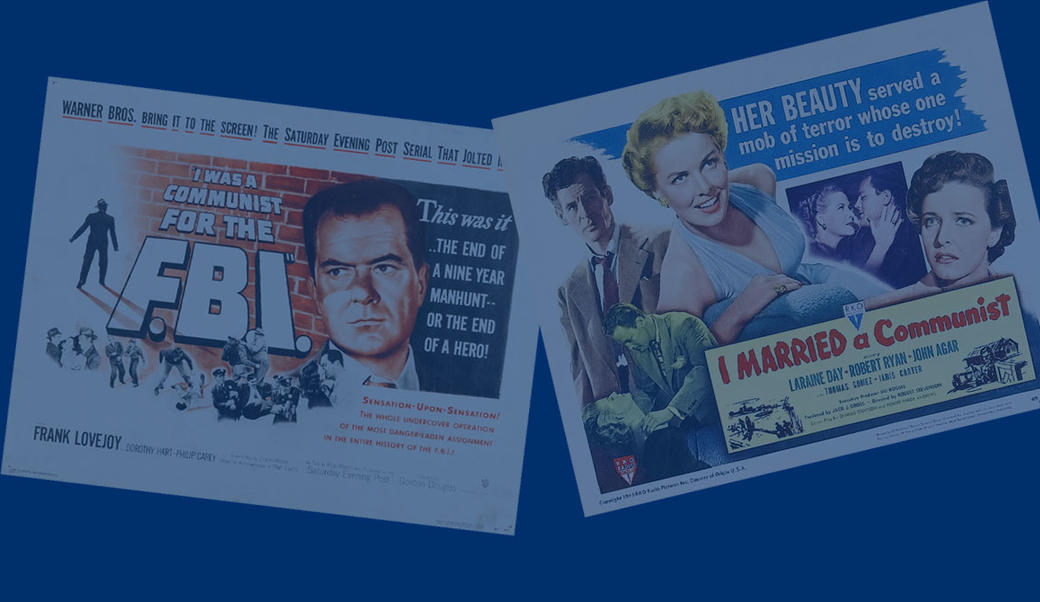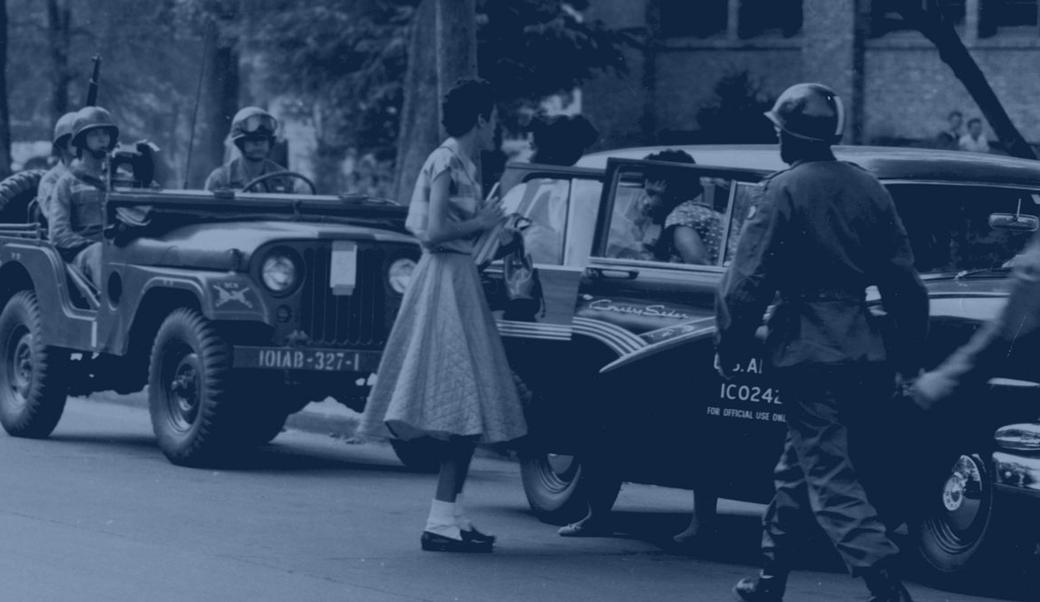Dwight D. Eisenhower: The American Franchise
Dwight D. Eisenhower was older than any previous President, leaving office at the age of 70. Yet the Eisenhower years are remembered not because there was a grandfather in the White House but because there were so many children in millions of American homes. Eisenhower was President during the baby boom, a time of rapid population growth that lasted from 1946 through 1964. The baby boom reached its peak in the mid-1950s, with more than 4 million births each year.
Family Life During the Baby Boom
What accounted for the rapid growth in population was that men and women who came of age during and after the Second World War married in record numbers. They also married very early in adulthood. The median age at which women married for the first time during the 1950s was just over 20 years old. For men, the age was between 22 and 23. Some of these couples had large families, with four or five children or more, but most had two or three children. They usually had them soon after marrying, and there was often only a short interval between the time that the first baby was born and the second or third baby arrived. A record rate of marriage for young adults, who then had children quickly, made for the baby boom.
Young people chose to marry early and have children. They expected that home and family would provide happiness, fulfillment, and security. The pleasures of domestic life were especially appealing in the 1950s since depression and war had prevented people from forming families in the 1930s and 1940s.
During the 1950s, women faced pressures to marry and to give first priority to domestic responsibilities. Although women attended college in record numbers during this decade, opportunities for careers after graduation were limited. Some employers said that they did not want to hire women because they expected them to quit their jobs once they married and had children. Contemporary commentators sometimes said that women went to college to earn an "Mrs." Degree—to meet the right man and marry. Women who hoped that college would prepare them for careers could get contrary advice. Adlai Stevenson, the two-time Democratic nominee for President, told the female graduates at Smith College that they could best serve society "in that humble role of housewife. I could wish you no better vocation than that."
For middle-class women, marriage and motherhood often brought a home in the suburbs, which were frequently enclaves of young white families. By 1960, almost as many Americans lived in suburbs as in central cities; during the next decade, more people would reside in suburbs than cities.
Many of those suburban wives held jobs outside the home. By 1960, 38 percent of all women over age 16 worked outside the home. Fifty-five percent of those female workers were married. Some were middle-class mothers who worked to raise the family income; others were heads of household, who provided the only source of income. In 1960, women were the heads of household in 10 percent of families. Many of these women worked in low-paying, sex-segregated jobs as clerks, secretaries, and telephone operators. Nursing and teaching were among the few professions in which substantial numbers of women could hope to find jobs.
Change and Continuity
In the 1950s, the American people were on the move. Often they went west, especially to California. The population of the United States increased by more than 18 percent during the 1950s. There were 48 percent more Californians in 1960 than there had been a decade earlier, and neighboring Nevada and Arizona enjoyed gains of 78 and 73 percent, respectively. New York, then the largest state, gained only 13 percent. Some people, especially African Americans, moved north into midwestern or eastern cities, leaving the rural South, where new farm technology had limited opportunities for employment.
For some Americans, migration meant a chance to start anew, an opportunity to prosper. For African Americans and American Indians, moving to cities frequently meant a different kind of poverty or new forms of discrimination. Yet African Americans who moved north did gain a chance to vote, a basic right usually denied them in the South. During the 1950s, most southern states used a variety of methods, including literacy tests and poll taxes, to keep most African Americans out of voting booths. But in northern cities, such as Chicago, New York, and Detroit, African American voters became a powerful political force.
For a Republican, Eisenhower did well among African American voters, who had supported Democratic presidential candidates since the 1930s. He also showed some strength in what had been the Democratic Solid South. In both 1952 and 1956, Stevenson won the six adjacent states from Arkansas to North Carolina. But in 1956, Eisenhower carried Louisiana; he was the first Republican to do so since the end of Reconstruction. Eisenhower's victory in that state was an early indication of a change that was just beginning, as the South shifted toward the Republican Party during the next two decades.






